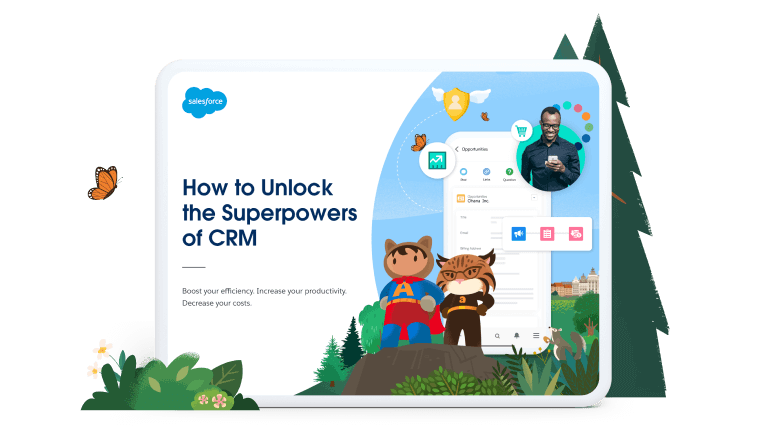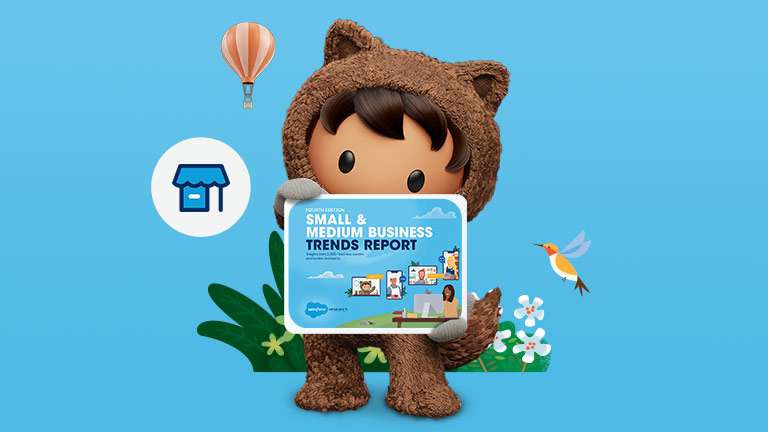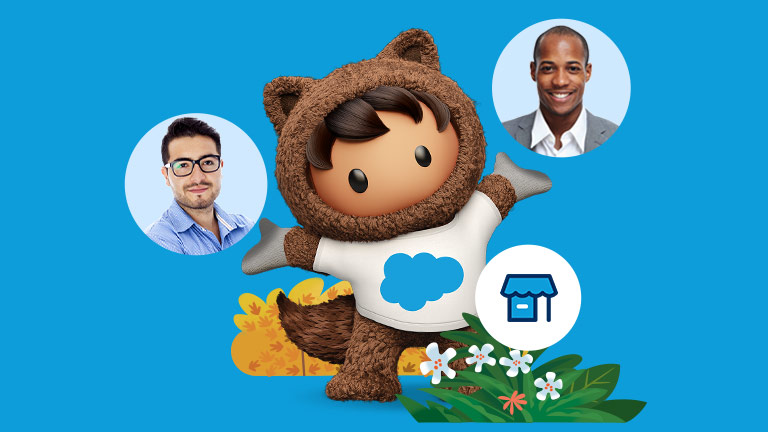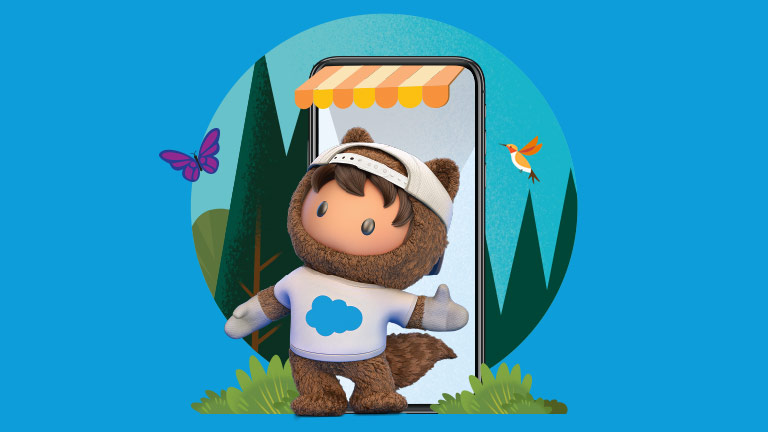A customer profile is a comprehensive overview of a business’s typical customer. It’s based on things like demographics and buying behaviour, as well as wants, needs and preferences.
By creating a customer profile, businesses can unlock valuable information such as:
The channels a customer uses when researching products and making purchases.
The social media channels that are most popular with the customer.
The customer’s hobbies and interests.
What the customer prioritises when buying.
What messaging connects best with the customer.
What other products and services the customer likes.
The customer’s typical age, income, and education level.
A B2B customer profile will be different. When thinking about your B2B customer journey, you’ll want to produce a profile for the company as well as for individual buyers within that company.
The benefits of a customer profile
Today, customers and buyers both expect an exceptional customer experience (CX). In order to meet these new expectations, it’s crucial that you know who your customer is – and what they want.
Here are some of the top benefits that you can unlock by creating a customer profile:
A more effective sales process that focuses on customer needs and pain points.
More impactful messaging on the channels your customer uses most.
Successful products and services built around your customer.
Improved, more personalised service tailored to customer preferences.
A CX that builds loyalty and nurtures long-term relationships.
Those are just a few reasons why creating a customer profile is important. Simply put, if you don’t understand your customer, you’ll struggle to meet their needs.
Four steps for building a customer profile
Reliable information is the basis for good decision-making, and a customer profile will only be as useful as the data it’s built from. With that in mind, here’s how you can use your data to create a profile, build better relationships and supercharge your business.
Step 1: Do your research
Turn to market research. Have a look at small business trends and what’s trending in your market. Are there any new shifts in customer behaviour that you can identify? Who’s driving these trends? Also look at how your competitors are approaching their marketing and sales strategies. What type of customer are they targeting, and how and where are they doing it?
Analyse your existing data. The data you have on transactions and interactions is a potential goldmine. Best yet, it’s telling the story of your customer. Look at what your customer data is telling you about demographics and purchasing behaviour. Who’s buying your offerings? What channels are they using to buy them? What marketing strategies are working? Do your most loyal customers share certain traits?
Get feedback from customers. You can deploy surveys and post-purchase questionnaires to solicit feedback from your customers. Ask them what’s working, what’s not, and what they’d like to see next from your business. This will not only help you identify advocates and fix pain points; it can help you get a clearer picture of how to market your offerings.
Monitor your e-reputation. Sometimes you don’t need to guess what the customer wants – they’ll tell you. Listen in on social media and online review sites. Are there commonalities in your advocates? How about in your detractors? This information will help you build a customer profile, as well as develop better products and services.
Step 2: Analyse your data
Categorise your data. After gathering information in the first step, you can organise it in a way that makes sense for your business. For instance, you may want separate categories for transactional/financial data, demographic data, behavioural data and psychographic data (information about customers’ values, interests and attitudes).
Lock down the needs, values and buying behaviour of your target customer. Once you understand how your customer thinks, feels and behaves, you can create a profile that will help you reach them in the right place at the right time with the right offer.
Step 3: Create your customer profile
Build a detailed customer profile from your data. Unite all of the data you’ve gathered to create your customer profile. Your internal and external data may show that you have different customer profiles for different products and services. If that’s the case, you’ll want to create multiple customer profiles to ensure you’re targeting the right audience. You can even create customer profiles for any new audiences you’re trying to capture.
Step 4: Power up with your new profile
Maximise your marketing activities. Get the most out of your marketing by aligning your messaging with your customer profile. This will ensure that you’re reaching your customer with the right message – and in the places where they spend their time. For instance, you may want to tweak your marketing to reposition your USP (unique selling proposition), highlight your values, communicate through new channels or provide more relevant offers. You can run A/B tests to measure engagement and see what messaging customers respond to most.
Supercharge your sales strategy. A customer profile can ignite your selling engine. Look at the pain points of your customer, and then find a way to solve them. You can also see what your customer prioritises in terms of price, functionality, convenience, style, etc., and tweak your sales strategy accordingly. This is especially useful for B2B sales, where buyers often have to follow a strict remit.
Turn your loyalty programme into a relationship-building machine. Knowing your customer well can help you build mutually beneficial relationships. One of the best ways to do this is by creating a loyalty programme that offers rewards a customer actually appreciates. By getting rid of the standard, one-size-fits-all programme, you can showcase your brand’s personality and turn loyalty into a competitive advantage
Brainstorm new offerings. In addition to improving marketing and sales, your customer’s challenges can help you develop new products and services. Look at what bothers your customers, what they wish existed, or what’s missing from their shopping experience. Can you develop new offerings to fill that gap? Can you use those pain points to create a better CX?
Ready to build better relationships?
Your customer profile can help you develop better products. It can help you increase engagement and reduce go-nowhere sales leads. It can help you increase the ROI on marketing activities, hone your brand voice and meet new expectations in customer service. But most of all, it can help you build more meaningful relationships with your customers – the kind of relationships that last a lifetime.
If you’re looking to meet your perfect match, then fire up your CRM and go where the data takes you. Your customer awaits.
To see more about how you can use data to get the most out of your business’s resources, check out our guide, Unlock the Superpowers of Your CRM.






